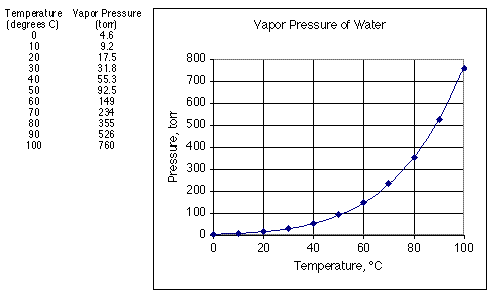Re: Drying Material in a Vacuum
Has there been any progress on the project from the original post? I am interested in vacuum drying my filament as well. With the MMU 2 upgrade, im looking for a way to dry 5 filaments at once without using my oven in the house. Im thinking that using the vaccum pump method would cut the time needed to dry my filament down to a minimum as well.
Re: Drying Material in a Vacuum
Unfortunately, the original poster seems to have gone MIA. I had posted earlier that one of my buddies attempted the vacuum drying technique and ended up going the food dehydrator route instead. He said that he didn't seem to get as nice a result with the vacuum method. Unfortunately though, it wasn't a proper test with variables that were being tested, so it's not *great* advice... Maybe I shouldn't have even said anything hahaha.
Re: Drying Material in a Vacuum
Unless you have deep pockets, don't bother with the vacuum method.
So how do you best remove (and know that you have fully removed) the moisture from a system?
Dehydrating a system is usually done with a combination of dry gas purging and vacuum. Knowing how well
the job has been done requires a precise vacuum measurement. How does measuring vacuum tell you
when the system is dry? The measurement approach takes advantage of our understanding of water—
specifically its vapor pressure. Vapor pressure is the pressure where a liquid boils. We’re used to thinking
of boiling at a temperature, but it’s really a combination of temperature and pressure. (That’s why water
boils at a lower temperature at high altitude, hence causing cooking recipes to be adjusted.) The vapor
pressure of water at various temperatures is our guide to knowing what is going on in
a system.

On the graph above, you’ll notice that at room temperature, the vapor pressure is about 17 Torr (mmHg)
absolute. So for example, if a system at room temperature is pumped to less than 1 Torr absolute pressure and then isolated,
its dryness is determined by how fast it returns to the 17 Torr vapor pressure. If it races up in a few seconds, there’s plenty
of water remaining to provide the vapor pressure. If it remains well below the 17 Torr for hours then the system is relatively
dry. Since this behavior is an absolute pressure effect and it’s at about 1/100th of an atmosphere, a dial vacuum gauge is
essentially useless in this application. However, an absolute vacuum gauge with high precision in the 0.01- 20 Torr range can be effectively used to ensure proper evacuation has been achieved. The type of vacuum gauge most often used in this application is a thermocouple (TC) gauge.
Basically the parts to do this are expensive as well as the container to withstand such a vacuum
and you would need a vacuum pump capable of pulling water up a tube 9.83 m high.
Or one of these for just over £27 if in the UK.
https://www.amazon.co.uk/Oypla-Electrical-Dehydrator-Machine-Thermostat/dp/B00KB9494S/ref=sr_1_6?ie=UTF8&qid=1548794502&sr=8-6&keywords=Food+Dehydrators

The plastic trays in the middle come out leaving just the outer rings and lid, just leave the bottom tray in and stack your fillament and put as many rings as required to cover, set the temperature and leave for some hours.
Recommended dryer times here: https://www.printdry.com/dry
No doesn't that look familiar? 😉
Normal people believe that if it is not broke, do not fix it. Engineers believe that if it is not broke, it does not have enough features yet.
Re: Drying Material in a Vacuum
Thanks for all of the info! I've had very good luck with my modified food dehydrator. I'd like to convert it into a spool feeder while it's doing the drying job so that I can print filaments like nylon and the like.
Thanks again mate!